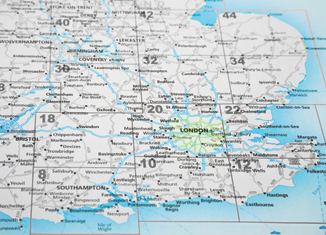The number of empty commercial premises is on the rise. You only need to walk down your local high street to see the amount of recent retail closures and the empty premises left in their wake. It is not only retail voids on the rise but other commercial premises too.
Commercial landlords with empty spaces, or upcoming empty spaces, will want to consider all of their options to manage void periods as early as possible. This is for a number of reasons including minimising the risk of squatters entering their premises and/or vandalism of the property, both of which can be very expensive and their liability for insuring and funding empty property. In particular, a key financial concern will be whether there are any steps they can take to mitigate the impact of high business rates.
This is important because the owner of empty commercial property has a period of three months from a tenant moving out to find another (or the same) occupier without having to pay business rates as a non-occupier owner. Once a tenant moves in and occupies, it becomes liable to pay the business rates and the owner remains non-rateable provided that the tenant’s occupation lasts for at least six weeks:
- if it lasts for less than six weeks, it does not count as an interruption to the emptiness of the property and the owner becomes immediately rateable as a non-occupier at the end of the tenant’s period of occupation.
- if it lasts for six weeks or more, then when it ends the owner will have a further three month period without liability for business rates in which to find another tenant occupier.




















